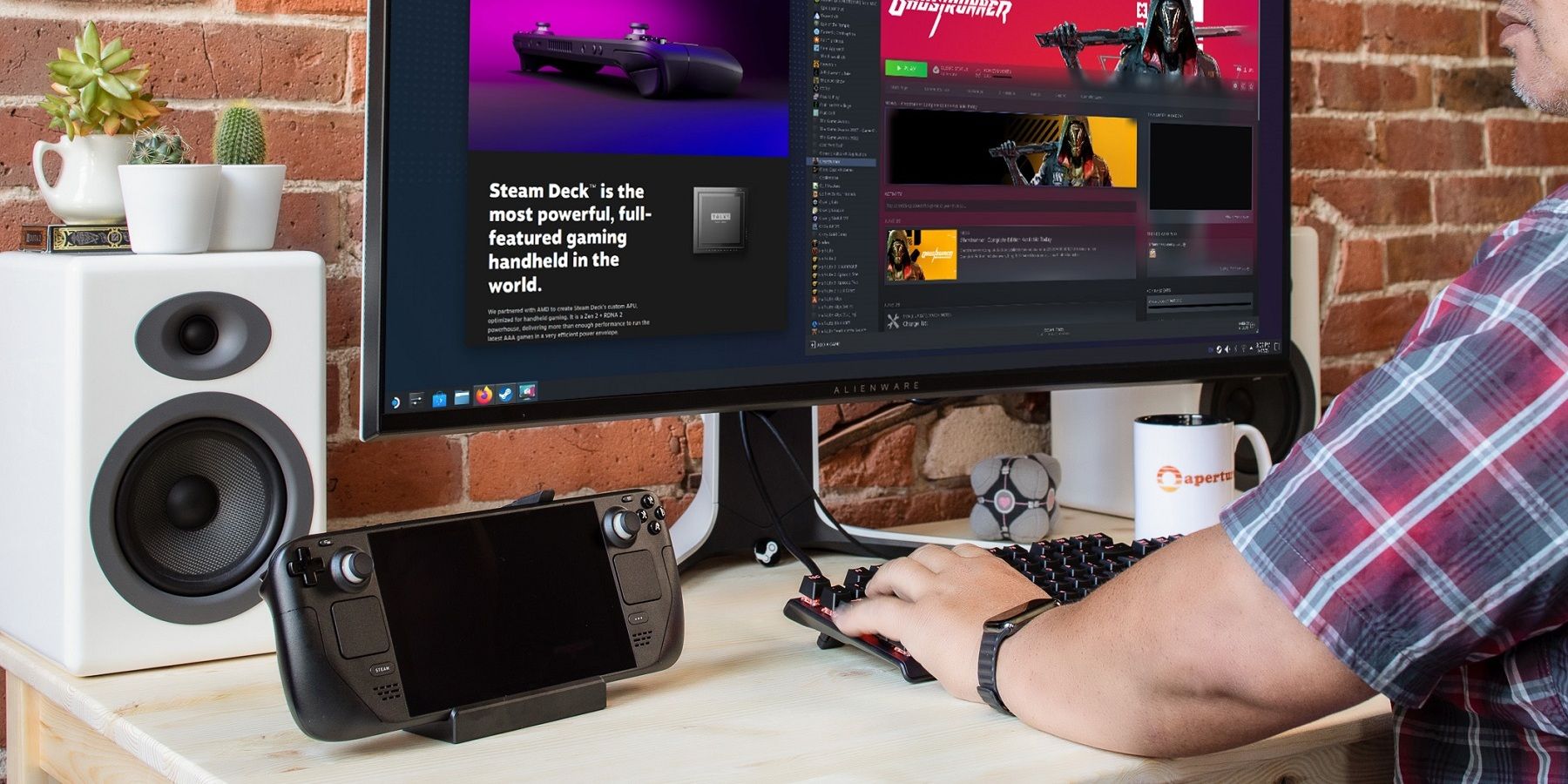Steam Deck users have discovered that there's a way to massively improve the device's gaming performance in certain games, though it's a bit technical. While most users have overall been rather happy with the way Deck performs in practice, it's immediately apparent that it's decidedly a low-spec machine compared to a modern mid-spec gaming desktop.
For older titles, indies, and even modern AA productions, the Steam Deck is still a perfect fit, but AAAs can struggle in some instances, especially if the user wishes to balance battery life with gaming performance to some extent. Any new performance tweak that the community discovers, then, is greatly appreciated, and CryoByte33 may have discovered one of the biggest situational performance uplifts yet.
As CryoByte33 highlights in his video, the specific Steam Deck performance tweak he discovered appears to be a net benefit not only in regard to gaming performance but also when it comes to maintaining the device's SSD health over a long period of time. Far be it from the sort of hardware-level modification that Valve warns Steam Deck users about, CryoByte33 instead creates a special Linux SWAP file through the use of the TRIM command, which then allows the Steam Deck to use all of its 4 GB of VRAM. This, in turn, boosts performance in memory-limited games such as Grand Theft Auto 5.
CryoByte33's tweak is a reasonably involved configuration change to the Steam Deck, though their results speak for themselves. GTA 5, specifically, saw up to a 24% performance uplift, while Cyberpunk 2077 got an 11% boost instead. This, combined with Cyberpunk 2077's Steam Deck optimized settings, turns the device into a veritable powerhouse, allowing it to run one of the most hardware-intensive games on the market.
Particularly relevant is the fact that CryoByte33 created a special SWAP/TRIM Linux script that users can execute via Steam Deck's desktop mode, streamlining the entire optimization process. Vary users may still wish to stick with Valve's official usage improvements, such as Steam Deck's 40Hz refresh rate, but those who'd like to experiment with the device's capabilities may wish to give CryoByte33's method a whirl.
Of course, another important alternative to running games natively is that Steam Deck supports low-latency game streaming from powerful desktop gaming rigs. Leveraging this feature side-steps any potential performance concerns, though it won't necessarily work well on slow and congested home networking solutions. Whatever the case may be, Steam Deck users clearly have ample optimization options to choose from, which has been Valve's promise all along.

